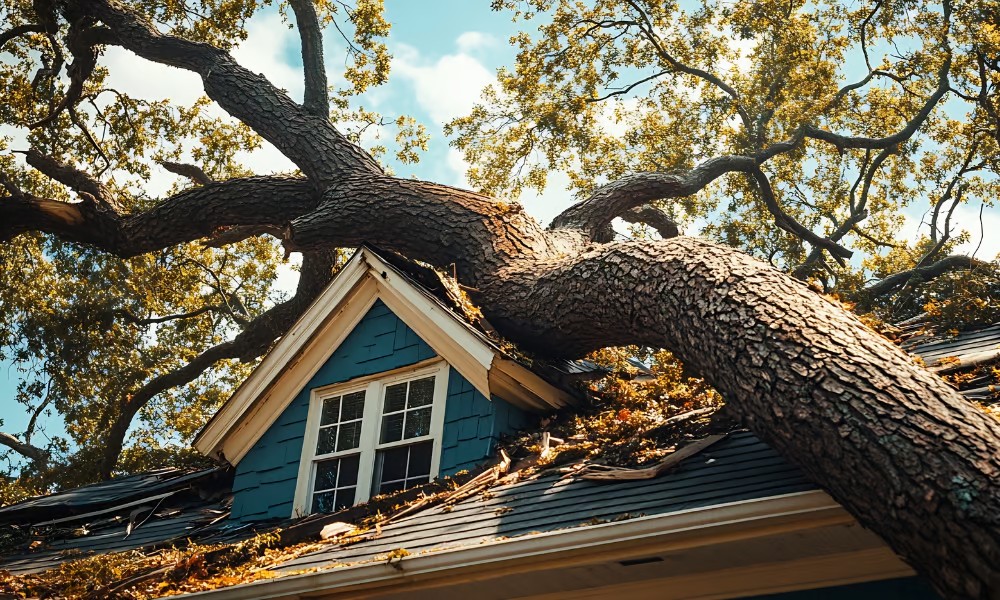‘Premier, nurses and health-care professionals can wait no longer as they continue to become infected’

The Ontario Nurses’ Association (ONA) is calling on Ontario Premier Doug Ford to revise the province’s directives and guidance to recognize precautions for airborne transmission of COVID-19.
Vicki McKenna, president of ONA, said that Ford was copied in a letter she sent to the Chief Medical Officer of Health (CMOH). The group had the same request in that letter.
“Nurses and health-care professionals can wait no longer as they continue to become infected with COVID-19 at record rates. It is surprising that a developed jurisdiction like Ontario is experiencing such devastation. It is not inevitable but is preventable,” said McKenna.
“Nurses and health-care professionals expect urgent and decisive action – that you and the government immediately update your directives and guidance to mandate precautions for airborne transmission, including the use of N95 respirators for all nurses and health-care professionals who come into contact with any suspected or positive COVID-19 patients, residents or clients.”
ONA noted that the Public Health Agency of Canada (PHAC) and The Center for Disease Control and Prevention (CDC) have recognized that COVID-19 can be spread by airborne transmission, through exposure to the virus in small droplets and particles that can linger in the air for minutes to hours. Also, the World Health Organization (WHO) has updated its guidance to include transmission via aerosols.
“As identified by the Ministry of Health and the Ministry of Long-Term Care, health human resources, including Registered Nurses, are critically needed to safely manage the predicted COVID surge,” said McKenna. “They must be safe and healthy to care for Ontarians ill with COVID. The government must face the realities of health-care workers and the perils they face. The pandemic began 10 months ago and despite persistent infection rates and consensus on aerosol transmission, the government has still failed to act.”
Among the 770 retirement homes in Ontario licensed under the Retirement Homes Act, 2010, 22.3 per cent experienced one or more COVID-19 outbreaks, involving 1.9 per cent residents and 1.5 per cent staff from March 1 to Sept. 24, 2020, according to a report.
As part of its Fall Preparedness Plan, the province has hired over 700 contact tracers and case managers. This adds to the 600 Statistics Canada employees that are assisting with contact follow-up.
Experts
ONA is not alone in this cause.
Earlier this month, 363 scientists, occupational health specialists, engineers, physicians and nurses from across Canada called on the premiers and on public health officials from the federal, provincial and territorial governments, to recognize airborne transmission of COVID-19 and to act accordingly.
“Prevention messages from provincial governments continue to be deficient,” note the authors of the open letter sent today to Canadian premiers and health authorities. “They do not adequately inform the population about the risks of airborne transmission in shared room air. Employers in workplaces and public institutions must be fully aware of the risks of aerosol transmission and the measures that can be taken to properly limit these risks.”
Supported by 34 international experts and 98 Canadian other professionals, the 363 signatories propose the following measures in particular:
- Update the directives and public health messages to take into account the risks of transmission of COVID-19 by aerosols
- Order the inspection of ventilation systems and finance their upgrading in essential public institutions, such as schools and long-term care homes
- Distribute portable air filtration units to filter bioaerosols when it is impossible to ventilate an interior space well
- Ensure that no high-risk healthcare worker (HCW) or essential worker is denied access to a fit-tested respirator (N95, elastomeric or equivalent)





